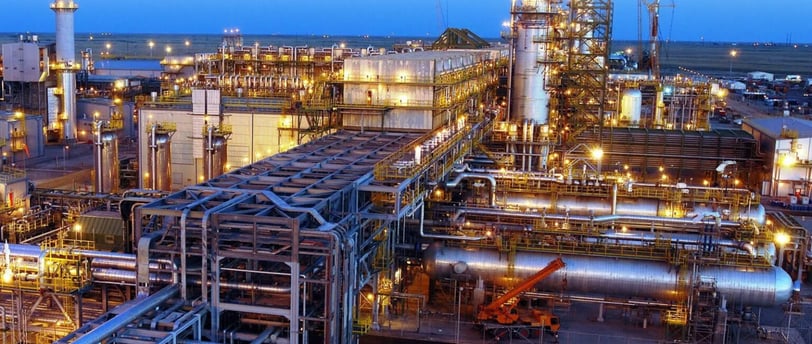Phases of Matter and Their Impact on Mechanical Seals


Mechanical seals play a critical role in various industries, from oil refineries to wastewater treatment plants. To optimize their performance, it's essential to understand the phases of matter—solids, liquids, and gases—and their unique properties. This knowledge ensures effective sealing solutions that prevent fluid leakage and maintain operational efficiency.
The Three Phases of Matter
Solids: Characterized by a rigid molecular structure, solids have closely packed molecules with minimal energy, resulting in a strong intermolecular attraction. This rigidity is exemplified by substances like ice.
Liquids: Liquids exhibit less molecular attraction compared to solids, allowing molecules to slide past each other. They possess more energy and take the shape of their container, such as water.
Gases: Gases have the highest molecular speed and greatest distance between molecules. They are highly compressible and exhibit random, chaotic motion, as seen in steam.
Why Understanding Phases is Crucial for Mechanical Seals Mechanical seals rely on the fluid they are sealing for lubrication, cooling, and controlled separation of the seal faces. The phase of the fluid affects these critical functions:
Lubrication: Liquids provide necessary lubrication to the seal faces, reducing wear and extending seal life.
Cooling: Fluids help dissipate heat generated during the sealing process, preventing overheating and potential damage.
Controlled Separation: The fluid ensures a proper separation of the seal faces, maintaining the integrity of the seal.
Conclusion By understanding the phases of matter, engineers and technicians can select the appropriate mechanical seals for their applications, ensuring optimal performance and longevity. This knowledge is fundamental to the success of sealing solutions in various industrial processes.


